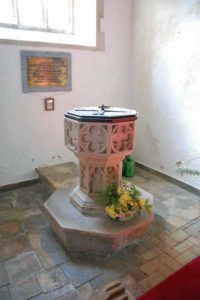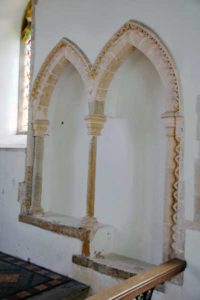Witton St Margaret


















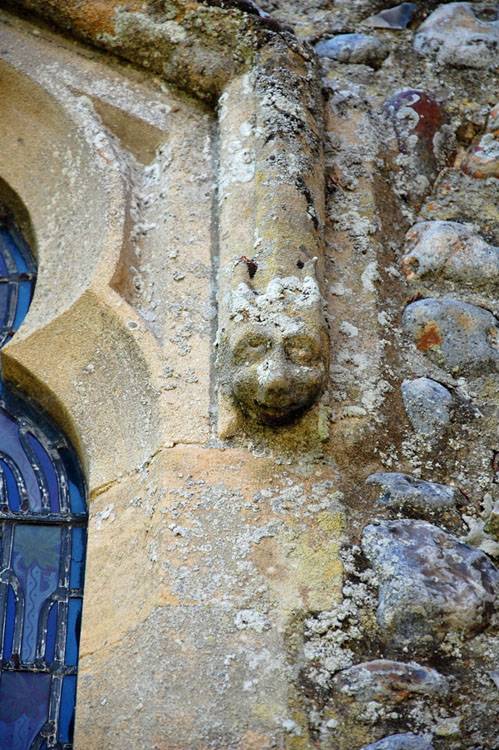


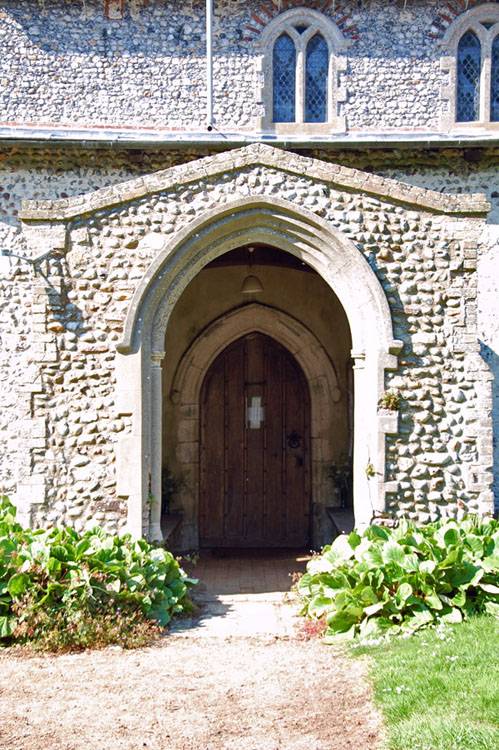
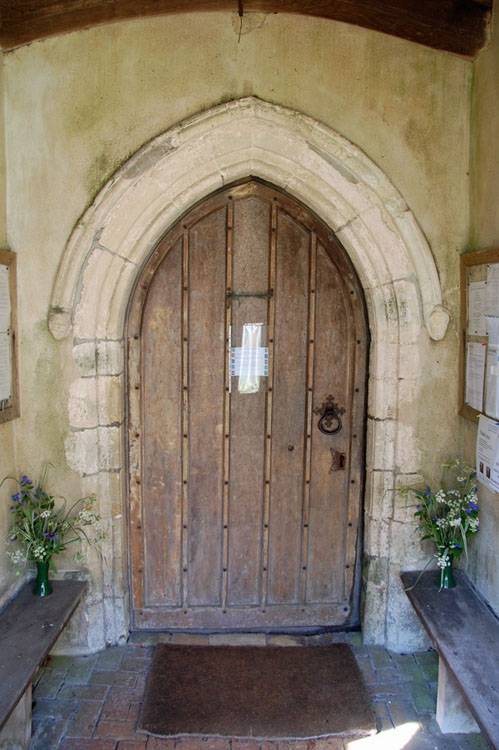








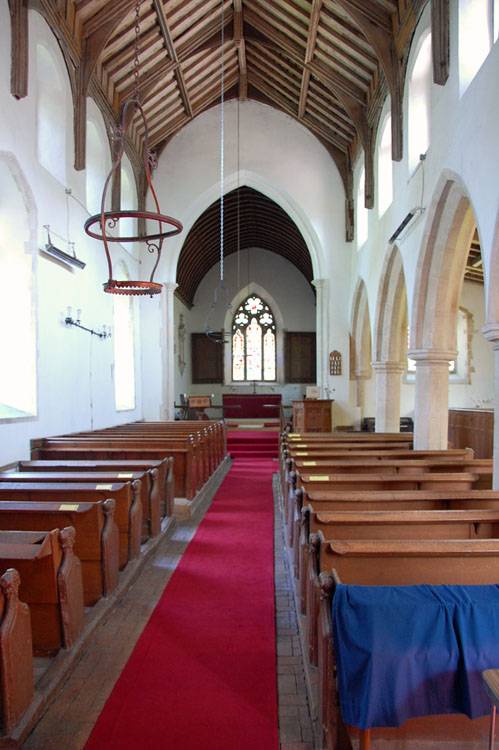



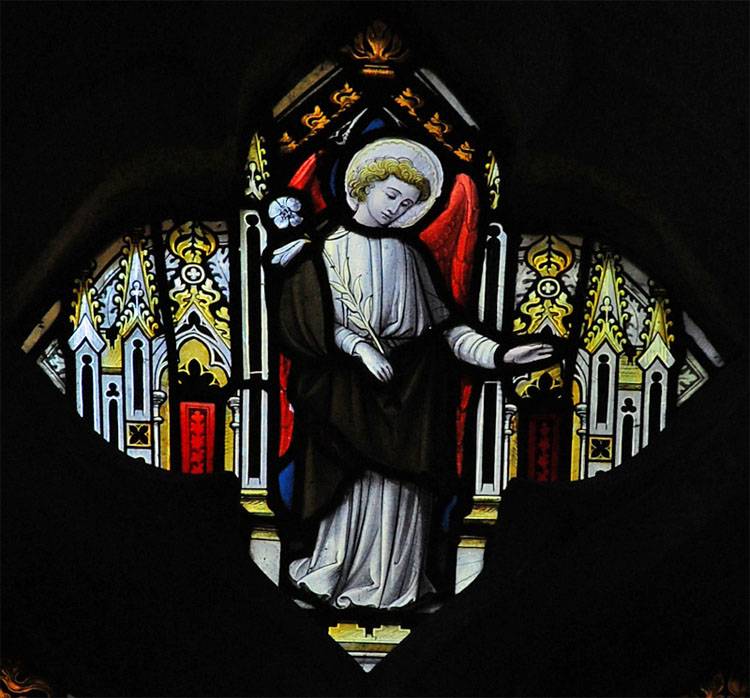































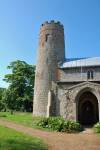




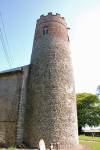
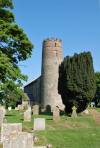
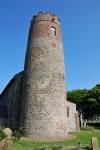

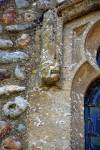

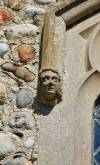
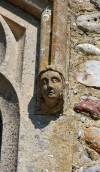


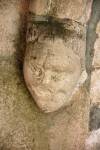
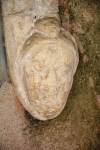
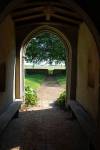
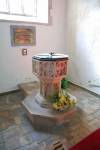

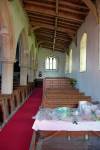
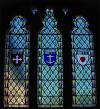




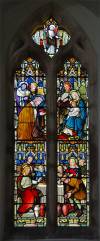

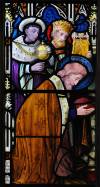
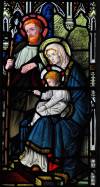
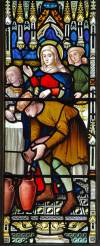
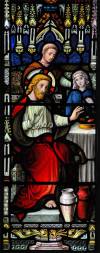

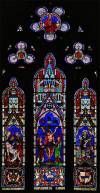

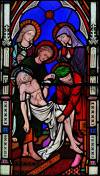

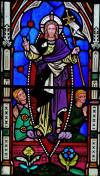


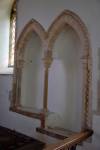
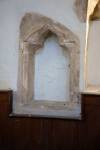
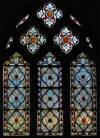
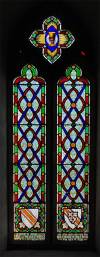

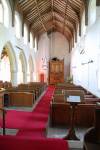

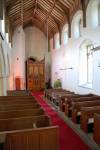
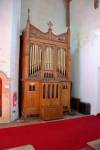
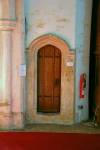

St Margarets Church Witton
Where to find this church
Church Information
St Margarets church is located in Witton, a Norfolk village about 3 miles west of the coastal village of Walcott.
This church is usually open to visitors
* denotes external links that open in a new window
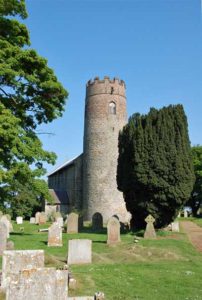
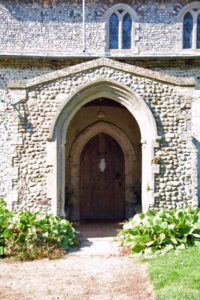
Visiting Witton St Margaret
St Margaret’s in Witton is another church in a pretty rural setting, in this case not far away from the beautiful Norfolk coast. Many iron tie bars indicate the struggles to keep this tower standing. Its lower parts could date back to the 11th century, but there have been many restorations. The fabric is rounded flints from the sea-shore, changing to flint with some brick below the small brick openings beneath the brick framed belfry openings. The belfry and the parapet are formed of almost half and half, brick and flint! There are flat pilasters filling in the gap between tower and nave, and the nave west quoins are formed of ferricrete. There are tall, late 14th century double clerestory windows on both sides, although there is no aisle to the north. The north nave has two circular double-splayed, 11th century windows with flint frames, either side of the 19th century north porch. The other north nave openings are square-headed 15th century. The south side has 14th century windows, with the chancel having 14th century style windows replaced in the 19th century.
The 14th century font is at the west end of the south aisle and has quatrefoils on each face of the bowl. There are four basic box pews at the east end. The south arcade has 14th century octagonal pillars, with possibly earlier 13th century responds (half-pillars) at either end. Close to the west respond is the doorway to access the tower stairs. The organ stands in front of the tall tower arch, which is pointed and particularly wide. In the chancel, the two stepped sedilia have pointed arches decorated with dog-tooth pattern, divided by a single shaft, all indications of 13th century work. In the floor nearby is a brass inscription “HEARE LIETH BERRIED THE BODDYES OF THOMAS PARMENTER AND FRANCIS HIS WIFE WHO WEARE MARRIED 47 YEARS TOGETHER & THOMAS PARMENTER DIED 2 DAYS BEFORE HOLLIMUS 1631 HIS WIFE DIED ONE ST STEVENS DAY 1627”. Hollimus is a Puritan anti-Christmas sentiment.
Conclusion: open and welcoming church in a beautiful rural setting
